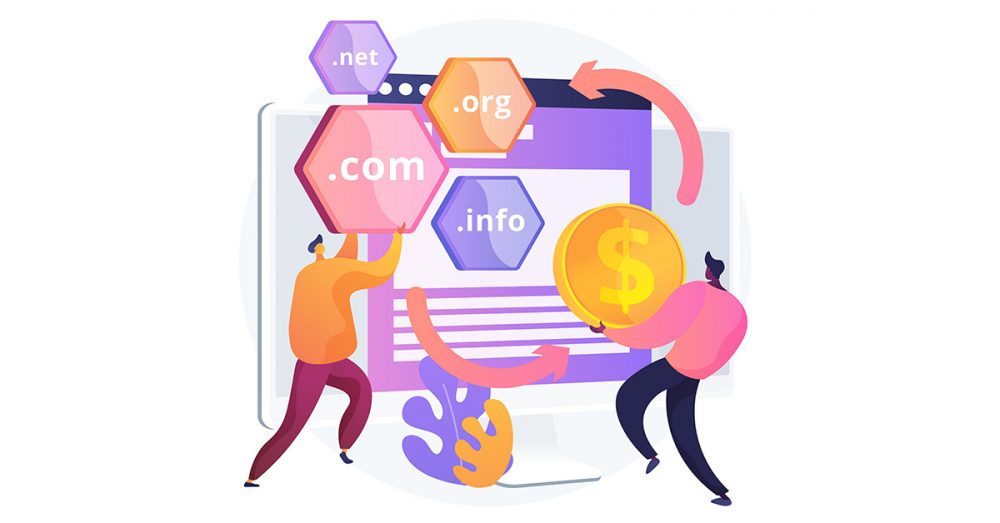The DNS, as they say, is the Internet’s phone book. It directs users to the web pages they’re looking for by translating domain names like google[.]com into Internet Protocol (IP) addresses like 8[.]8[.]8[.]8. And that lets you see this:
Why Do We Need the DNS?
As mentioned earlier, the DNS turns domain names into IP addresses. So why is this transition necessary?
It’s pretty simple, really. It’s not easy for us to remember numbers, but it is to keep names in mind. But it goes the other way round for computers, which can only read numbers, not words.
What Is the DNS Ecosystem?
The DNS ecosystem is the environment that houses protocols, namespaces, services, software, provisioning entities, and so much more.
As the image above shows, the DNS ecosystem comprises:
- Protocols: Respond to user queries. An example would be the HyperText Transfer Protocol (HTTP), which transmits hypermedia documents, such as HyperText Markup Language (HTML) used by most websites. It primarily allows web browsers to communicate with web servers, enabling users to browse web pages.
- Namespaces: Define the scope of identifiers or the names of types, functions, and variables, among others, inside them. They are used to organize code into logical groups, preventing name collisions if your codebase includes multiple libraries. Simply put, they prevent you from getting lost on the World Wide Web.
- Services: Determine how the DNS protocol and namespaces are implemented online. They define how the two should interact to process user queries and give the correct responses.
- Software: The array of applications that ease the way the DNS works. They can either speed up processes or let systems that speak different languages communicate with each other. An example is ISC BIND, which can act as an authoritative nameserver for DNS zones or a recursive resolver in the network.
- Provisioning entities: Given the massive Internet size, a single entity can’t possibly manage all related resources. Making it work as designed thus requires registries, registrars, and registrants. Registries contain a single kind of information. In the DNS’s case, that could be the IP address resolutions of millions of domain names. Registrars, meanwhile, manage domain name reservations and assign IP addresses to them. Finally, registrants are simply the owners of domain names, which they typically use for their websites.
The other entities that compose the DNS ecosystem include the Internet Corporation for Assigned Names and Numbers (ICANN), which maintains several Internet namespace and numerical space databases to ensure the Internet’s stability and security; root server operators; and a whole lot more.
What Threats Can Affect the DNS Ecosystem?
Sadly, like every other advanced technology, the DNS ecosystem, especially given its complex structure and many elements, is vulnerable to several threats, including:
- DNS cache poisoning: Can affect DNS protocols when attackers log malicious IP addresses in your system’s local memory cache. Each time you want to visit a site, therefore, you get taken to that which the malicious IP address resolves.
- Homoglyph and typosquatting attacks: The threat affects DNS namespaces when threat actors point users to misspelled or sound-alike domains rather than their legitimate counterparts. They can do that when users mistakenly type domain names in their browsers.
- DNS hijacking: Can affect DNS services when hackers manipulate DNS queries to redirect users to malicious sites.
- Distributed denial-of-service (DDoS) attacks: Affects DNS services when attackers direct thousands of queries to a target domain name, causing the website it hosts to slow down or even stop from functioning altogether.
There are other threats, so securing the DNS ecosystem is crucial for all Internet users.
—
The DNS and the entire DNS ecosystem are critical to Internet use. So why else do you think many threat actors often target it? It also constantly evolves, so all users, individuals and organizations alike, need to closely watch all its components to ensure they’re always cyber-secure.




